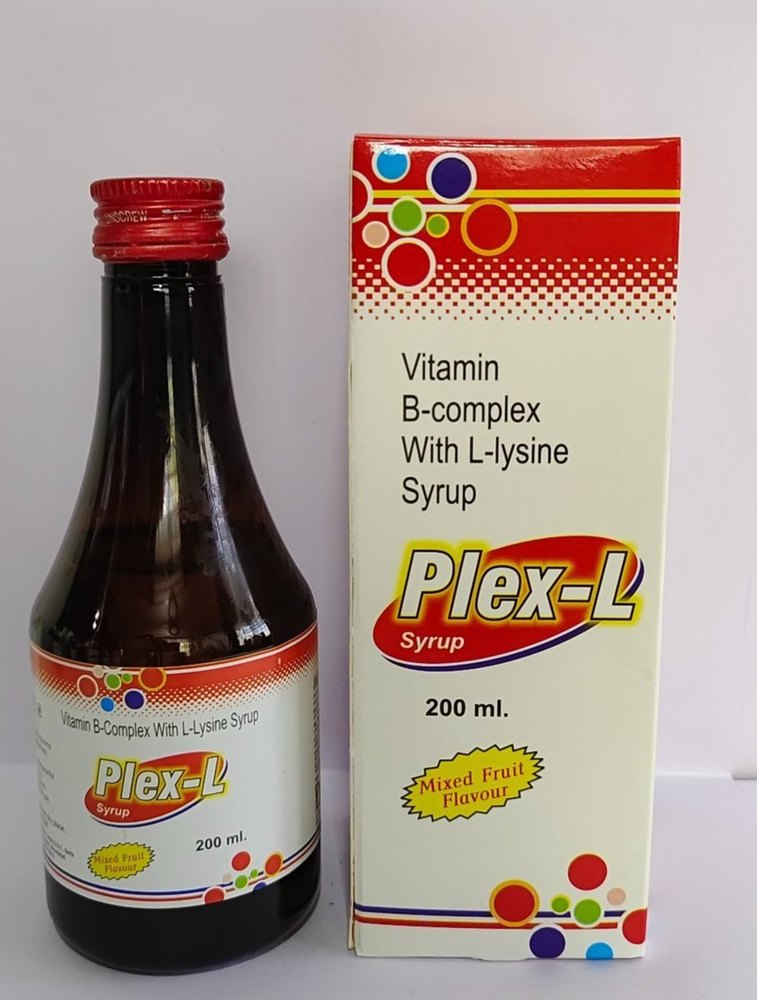Microdox 100
Microdox 100 Capsule (Doxycycline 100mg)
Manufactured by: Micro Labs Ltd. Price in Damak, Koshi Province, Nepal: NPR 1.30 Also available as: 100mg Tablet
This capsule, containing Doxycycline, is an antibiotic used to treat various bacterial infections.
What it Treats:
- Skin: Acne, Rosacea.
- Infections: General bacterial infections, respiratory tract infections, tick-borne illnesses (e.g., Rocky Mountain spotted fever, typhus), brucellosis, cholera, acute bacterial rhinosinusitis.
- STDs: Uncomplicated gonorrhea, Chlamydia, and syphilis (for those allergic to penicillin).
- Prevention: Malaria (for travelers), anthrax post-exposure.
- Other Uses: As an add-on for intestinal amebiasis and certain heart infections.
How to Take:
- Adults: Typically 200 mg on day one, then 100 mg daily. Doses vary by condition.
- Children (>8 years, <45 kg): 2–4 mg/kg/day, divided twice daily.
- Take with a full glass of water and stay upright for 30 minutes. You can take it with food or milk if it upsets your stomach.
Important Warnings:
- Do not use if allergic to tetracyclines, have severe liver problems, or systemic lupus erythematosus.
- Avoid with antacids, iron supplements, or penicillin.
- Not recommended during pregnancy or breastfeeding (can cause permanent tooth discoloration in children).
- Interacts with some medications, including blood thinners and oral contraceptives.
Possible Side Effects:
Common side effects include headache, stomach upset, rashes, and sun sensitivity. Serious side effects are rare but can occur.
Disclaimer: This is general information. Always consult your doctor for medical advice.
₨6.00
Ask about productDescription
Microdox 100 Capsule (Doxycycline 100mg)
Manufactured by: Micro Labs Ltd. Retail Price (in Damak, Koshi Province, Nepal): NPR 1.30 Also available as: 100mg Tablet
What is Microdox 100 Capsule Used For?
Microdox 100 Capsule, which contains the antibiotic Doxycycline, is a versatile medication for various bacterial infections. It’s commonly prescribed for:
- Skin Conditions: Effective for treating Acne and Rosacea.
- General Infections: Addresses a range of susceptible bacterial infections, including those affecting the respiratory tract.
- Sexually Transmitted Diseases (STDs): Treats uncomplicated gonorrhea, Chlamydia infections, and syphilis (especially for those allergic to penicillin).
- Tick-borne Illnesses: Used for rickettsial infections like Rocky Mountain spotted fever, typhus, relapsing fever, louse-borne typhus, scrub typhus, Q fever, and tick fevers.
- Malaria Prevention: Indicated for malaria prophylaxis, particularly for short-term travelers (under 4 months) to areas with drug-resistant Plasmodium falciparum.
- Other Conditions: Also used for brucellosis, cholera, acute bacterial rhinosinusitis, anthrax post-exposure prophylaxis, and as an additional therapy for acute intestinal amebiasis and certain cases of infective endocarditis.
How to Take Microdox 100 Capsule
Adult Dosing:
- Susceptible Infections: Typically, take 200 mg on day 1 (as a single dose or divided), followed by 100 mg once daily. For severe infections, your doctor might maintain the initial dose throughout treatment.
- Sexually Transmitted Diseases (STDs):
- Uncomplicated Gonorrhea/Chlamydia: 100 mg by mouth twice daily for 7 days.
- Syphilis (Early, Penicillin-Allergic): 100 mg by mouth twice daily for 2 weeks.
- Syphilis (>1 year duration, Penicillin-Allergic): 100 mg by mouth twice daily for 4 weeks.
- Acute Epididymo-orchitis (caused by N. gonorrhoeae or C. trachomatis): 100 mg by mouth twice daily for at least 10 days.
- Acne, Rosacea: 50 mg daily for 6-12 weeks.
- Malaria Prophylaxis: 100 mg by mouth once daily. Start 1-2 days before travel, continue daily during travel, and for 4 weeks after leaving the malaria-infested area.
- Intestinal Amebiasis, Respiratory Tract Infections, Rickettsial Infections: 100 mg by mouth twice daily on day 1, then 100 mg once daily.
- Brucellosis: 100 mg by mouth twice daily for 6 weeks, usually in combination with rifampin or streptomycin.
- Cholera: 300 mg by mouth once (as an adjunct to fluid and electrolyte replacement).
- Acute Bacterial Rhinosinusitis: 200 mg per day by mouth (once daily or divided twice daily) for 5-7 days.
- Anthrax (Post-exposure prophylaxis): 100 mg by mouth twice daily for 60 days.
- Infective Endocarditis (Suspected or Positive Bartonella infection): 100 mg by mouth twice daily for 6 weeks, often combined with other antibiotics like gentamicin and ceftriaxone or rifampin.
Child Dosing:
- For children over 8 years old and weighing less than 45 kg: 2–4 mg/kg per day, divided every 12 hours.
Important Administration Notes:
- You can take Microdox 100 with or without food.
- Always take it with a full glass of water and remain upright for at least 30 minutes after taking it to prevent irritation to your esophagus.
- If you experience stomach upset (GI irritation), taking it with food or milk may help.
Important Considerations & Warnings
Do Not Use If:
- You have a known hypersensitivity to doxycycline or any tetracycline antibiotics.
- You have a severe hepatic (liver) disorder.
- You have systemic lupus erythematosus.
- You are concurrently taking alkalis, antacids, or iron supplements, as these can interfere with Doxycycline’s absorption.
- It’s generally advised to avoid using doxycycline with penicillin.
Special Precautions:
- Tooth Discoloration: Using drugs from the tetracycline group during tooth development (the last half of pregnancy, infancy, and childhood up to 12 years of age) can cause permanent discoloration of the teeth. Therefore, tetracyclines should not be used in this age group unless other drugs are ineffective or contraindicated.
- Pregnancy & Breastfeeding:
- Pregnancy: Doxycycline should not be used during pregnancy unless, in your doctor’s judgment, it’s essential for your well-being.
- Lactation: Doxycycline enters breast milk and is not recommended for breastfeeding mothers.
- Drug Interactions:
- Concurrent use with isotretinoin can cause pseudotumor cerebri.
- Can prolong prothrombin time with anticoagulants (e.g., warfarin).
- May interfere with the bactericidal action of penicillin.
- Absorption can be impaired by antacids containing aluminum, calcium, or magnesium, oral zinc, iron salts, and bismuth preparations.
- Increased metabolism can occur with phenobarbital, carbamazepine, primidone, and phenytoin.
- There’s a risk of breakthrough bleeding with oral contraceptives.
- Can increase plasma concentration of ciclosporin.
- Decreased half-life can occur with hepatic enzyme inducers (e.g., rifampicin).
- Potentially Fatal: Concurrent use with methoxyflurane (an anesthetic) may result in fatal renal toxicity.
Possible Side Effects
Like all medications, Microdox 100 can cause side effects. Some common and serious ones include:
Common/Less Severe:
- Hypotension (low blood pressure), pericarditis, angioedurotic edema, dyspnea (shortness of breath), serum sickness, peripheral edema, tachycardia (fast heart rate), urticaria (hives).
- Blood disorders like hemolytic anemia, thrombocytopenia (low platelets), neutropenia (low neutrophils), porphyria, eosinophilia.
- Brown-black microscopic discoloration of thyroid tissue.
- Headache, bulging fontanelles in infants, and benign intracranial hypertension (increased pressure in the head) in adults, blurring of vision, scotomata (blind spots), diplopia (double vision), tinnitus (ringing in ears).
- Abdominal pain, stomatitis (mouth inflammation), anorexia (loss of appetite), nausea, vomiting, diarrhea, dyspepsia (indigestion), esophageal ulceration.
- Discoloration of teeth, enamel hypoplasia (underdevelopment of tooth enamel).
- Transient increases in LFT (liver function tests) and BUN (blood urea nitrogen), jaundice, pancreatitis.
- Rashes, exfoliative dermatitis, photo-onycholysis, photosensitivity (increased sensitivity to sunlight).
- Arthralgia (joint pain), myalgia (muscle pain), vaginitis.
Potentially Fatal:
- Anaphylactoid reactions, Stevens-Johnson syndrome, toxic epidermal necrolysis (severe skin reactions).
- Clostridium difficile-associated disease (CDAD).
- Hepatotoxicity (liver damage).
How Microdox 100 Works (Mechanism of Action)
Doxycycline works by inhibiting bacterial protein synthesis. It does this by binding to the 30S ribosomal subunit within bacteria, which prevents them from producing the proteins they need to grow and multiply. This action provides its bacteriostatic activity against a wide range of Gram-positive and Gram-negative bacteria.
Disclaimer: This information about Microdox 100 Capsule is for general knowledge and informational purposes only. It is not intended for diagnosis, medical advice, or treatment, nor is it a substitute for professional medical judgment. Always consult with a qualified healthcare professional for any health concerns or before making any decisions related to your health or treatment.
Additional information
| form | Oral Tablets |
|---|






Reviews
There are no reviews yet.